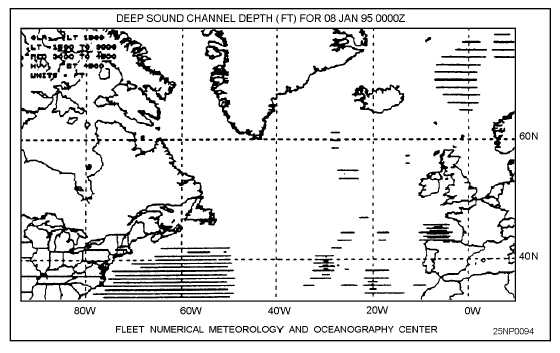Figure 9-9.-A shaded deep sound channel axis depth display.
SHALLOW SOUND CHANNEL AXIS
DEPTH (SSX)
The SSX product displays the axis depth values
used in determining whether useful shallow sound
channels (or ducts) exist within the area specified.
Thermocline and Mixed Layer
Relationships
Shallow subsurface sound channels occur in the
upper levels of the water column in the thermocline.
The thermocline is the layer of sea water where the
temperature decreases continuously with depth
between the isothermal mixed layer and the deep
sound channel axis. The relative strength of a sound
channel depends upon the thickness of the channel
and the maximum angle of the trapped rays.
Geographic Locations
Studies indicate that shallow sound channels
beneath the mixed layer depth occur most often north
of 40°N in the area between Hawaii and the
continental United States. They are also frequently
observed in the vicinity of the Gulf Stream. The
prevalent depth of these shallow channels ranges
from 90 to 150 meters.
During the summer a shallow channel exists in the
Mediterranean Sea. In this region, the heating by the
sun of the upper layers of the water, together with an
absence of mixing by the wind, causes a strong near-
surface negative gradient to develop during the spring
and summer months. This thermocline overlies
isothermal water at greater depths. The result is a
strong sound channel with its axial depth near 100
meters. Although shallow sound channels are more
local and transitory in nature, they often have a
strong effect on sonar operations.
EXAMPLE OUTPUT
There are three graphic outputs available with the
SSX product:
1. A shaded shallow sound channel axis depth
display. The amount of shading indicates the range of
depth in feet. See figure 9-10.
Clear
None (or depth <150 ft or >1000 ft)
Light
axis depth 150-300 feet
Medium axis depth 300-600 feet
Heavy
axis depth 600 – 1,000 feet
2. A shaded shallow sound channel magnitude
(strength) display. The amount of shading indicates the
9-9


